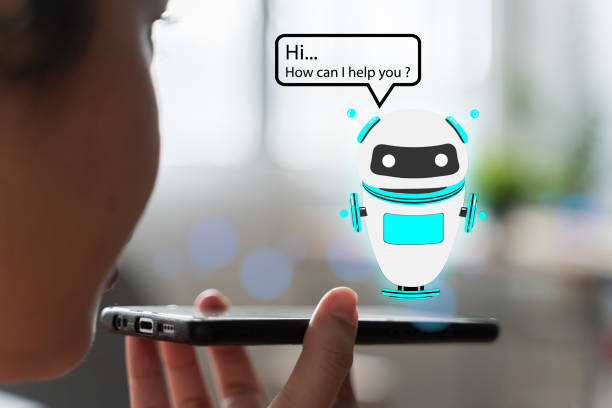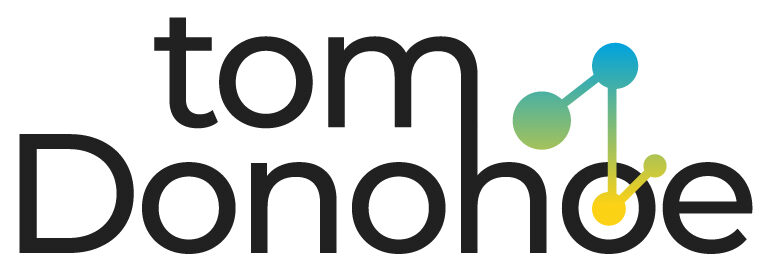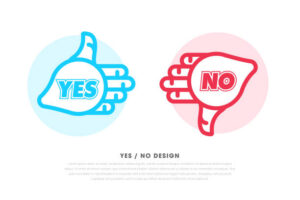Chatbots aren’t good for angry customers; most prefer a mix of machines and humans.

According to a study published in the Journal of Marketing, chatbots can negatively impact a company’s image when customers become angry or stressed.
As companies strive to improve their user’s experience, artificial intelligence is increasingly used in the marketing sector.
Chatbots are a common practice. It aims to replace or reduce people’s need for customer service. The chatbot market is expected to surpass $1.34 billion by 2024.
Chatbots are software programs that automate routine and daily bureaucratic tasks by simulating human conversations.
This feature is gaining popularity among businesses who value agility, cost-savings, and operational efficiency.
It is important that companies carefully plan their use of customer service and take into consideration, for instance, the emotional contexts of users.
In order to achieve the success expected with the tool, many companies attribute human characteristics such as avatars and personal names to chatbots with the intent of humanizing the technology and increasing adherence from their customers.
Will only these actions have a positive impact on the use of chatbots? This is what we will check in this post, so follow along!
How chatbots can create a positive user experience
There are many cases of failures in companies due to the incorrect configuration and usage of chatbots. However, it’s remarkable that if this strategy is implemented correctly, it can produce efficient results and help teams achieve operational success.
This is the example of Georgia State University, which used chatbots to reduce a problem called “summer thaw,” where students accept to study but don’t attend classes.
The institution created a chatbot to help new students overcome the challenges and obstacles of their first academic year.
The university created a chatbot to answer student questions. This resulted in a 22% decrease in summer melt and 324 additional students serving on the first day of the new semester as compared to last year.
A chatbot from Bank of America is another interesting example. This chatbot analyzes data from their organization to generate reports that will help customers make better investment decisions.
On the other hand, the opposite is also true…
As we mentioned in the introduction to this article, Chatbots are not all roses. If used incorrectly, they can cause a lot more headaches for you and your business. This was the situation with the bot “Luda Lee” created by Facebook.
The chatbot’s speaking style attracted 750,000 Facebook users and 70 million conversations.
After a few weeks, however, she began to make homophobic remarks and insulting comments about disabilities and also shared user information. Around 400 people are suing the company.
How can a chatbot be implemented effectively into the operations of a business?
To avoid falling into the same trap as Facebook, I have separated three important tips to help you achieve a positive outcome with chatbots.
Map the flow of messages and define the bot’s purpose.
Chatbots that provide consistent value and answer the question are the most successful. It’s crucial to clearly define your bot’s goals and map out the shopping journey of your customers so you can guide them effectively toward solving their problems.
In complex cases, it is important to have the option of interacting with humans.
A recent survey conducted by Verizon Business to better understand the digital interactions between brands and consumers found that 56% of respondents were comfortable with fully automatic interactions.
It is, therefore, important to be able to communicate with a person, particularly in more complex cases. Simple situations will not cause stress to your customers or damage the reputation of your business. In the same survey, 78% said that the combination of human and tech interactions was better than the ones where only humans were involved.
Set your bot’s voice tone.
Each business has its unique language. It is, therefore, essential to teach the chatbot the same language that your persona speaks when you build and implement it.
The chatbot is trained to understand the words that consumers use, which will prevent major inconveniences.
What is the conclusion to all of this?
Humanized chatbots can increase their adherence, particularly in the customer service industry.
The Journal of Marketing found that human-like user interfaces increase online experience enjoyment, perceived competence, and customer confidence.
Chatbots, on the other hand, can be a danger to your reputation in complex situations with angry customers. Reducing human contact during stressful situations can minimize customer dissatisfaction and lead to a breakup of the relationship.
It is important to strike a balance between activities that can be performed by technology and those that require the involvement of humans.
Use the chatbot to identify the customer’s recurring questions and needs so that you can direct them to human help or not, depending on the situation.
Your team will be able to work more efficiently and have more time to focus on strategic issues. Your company will be able to reduce its operating costs.





